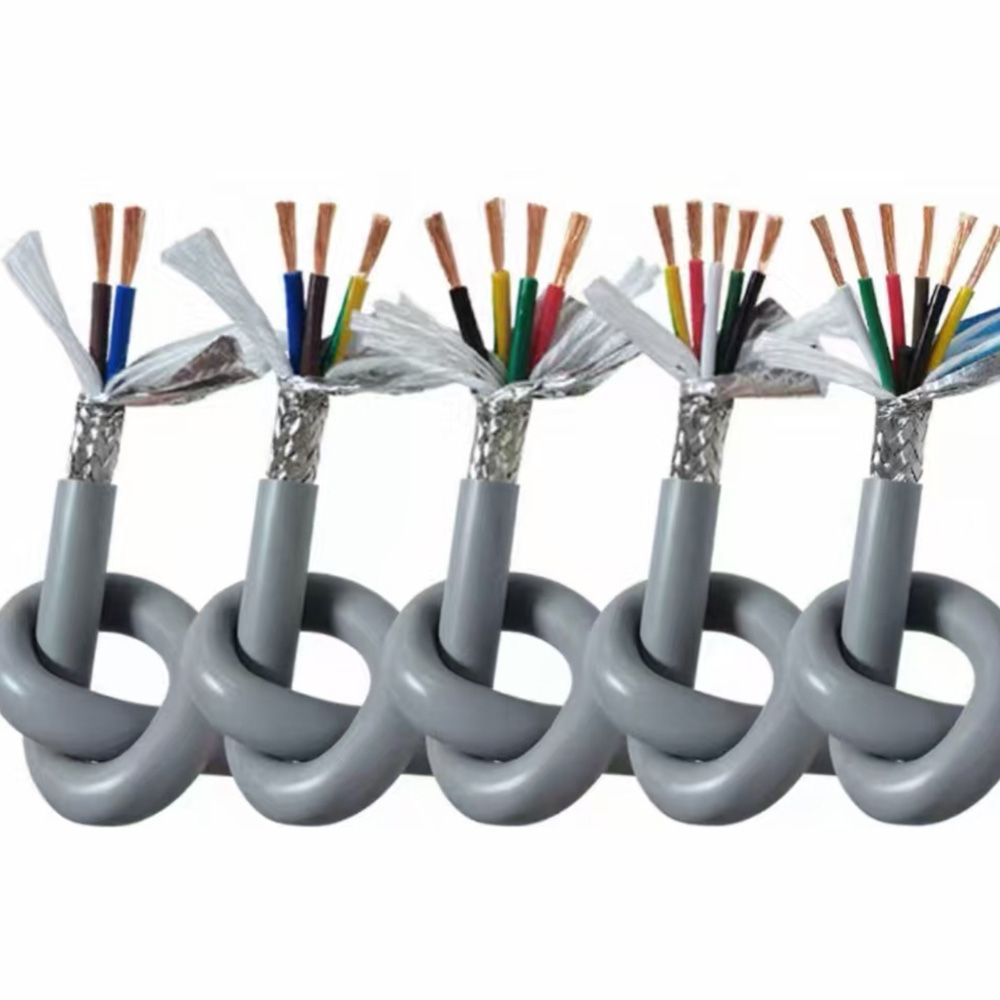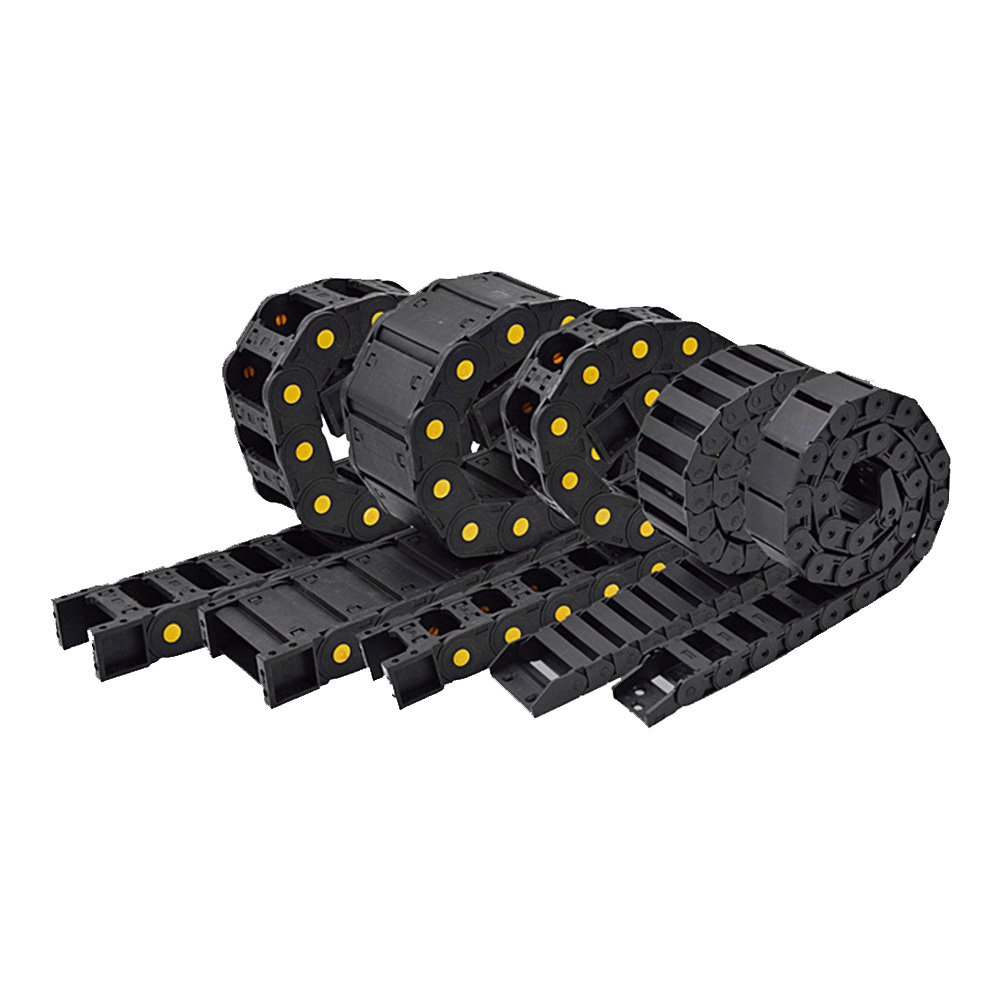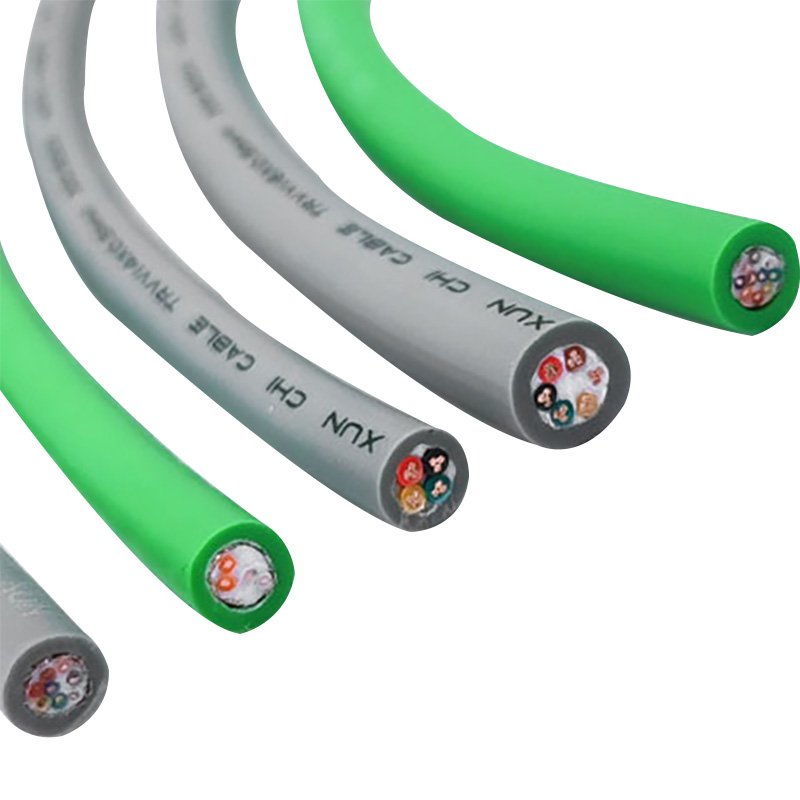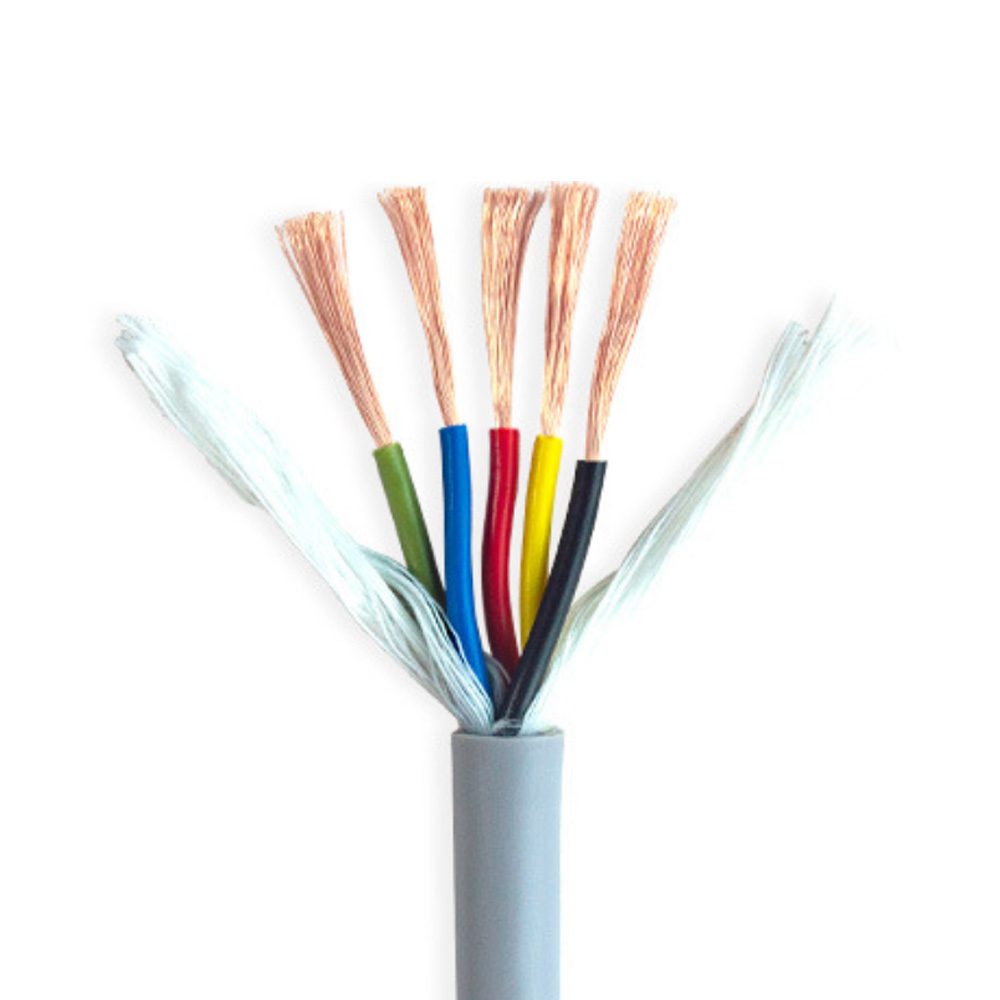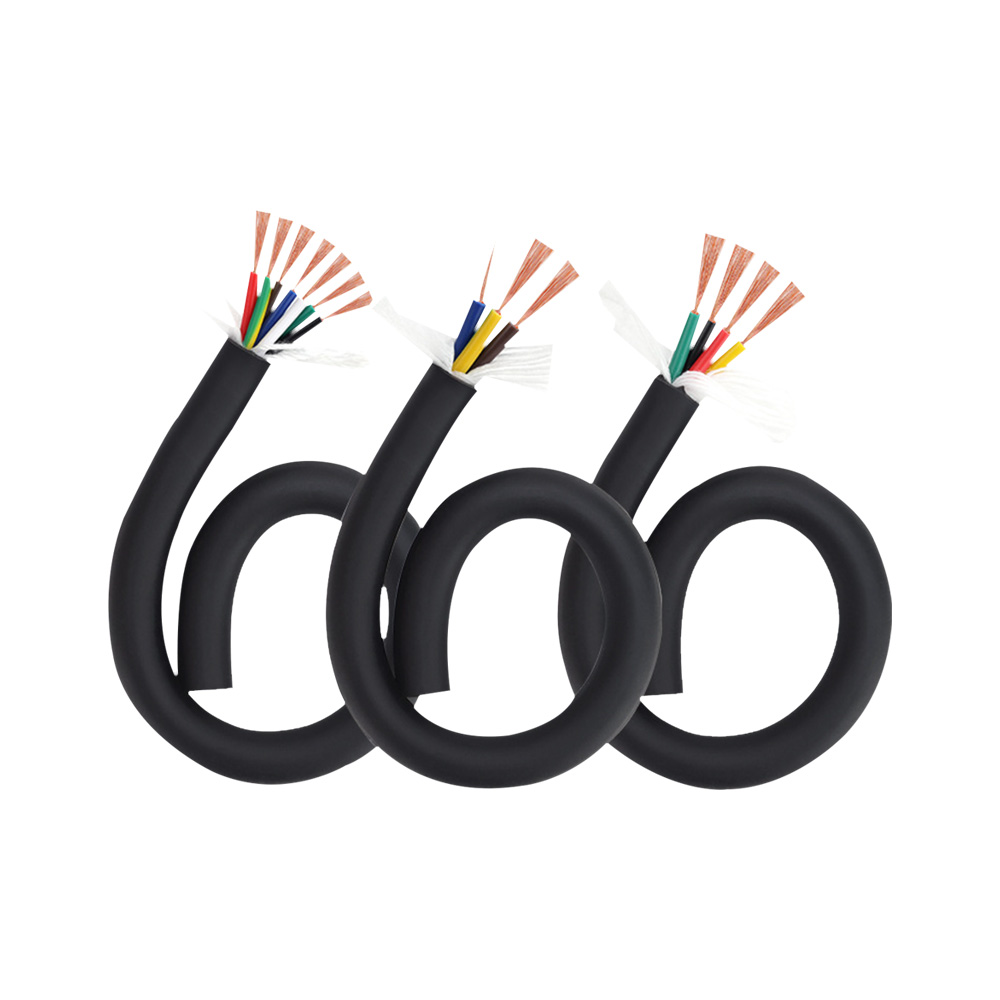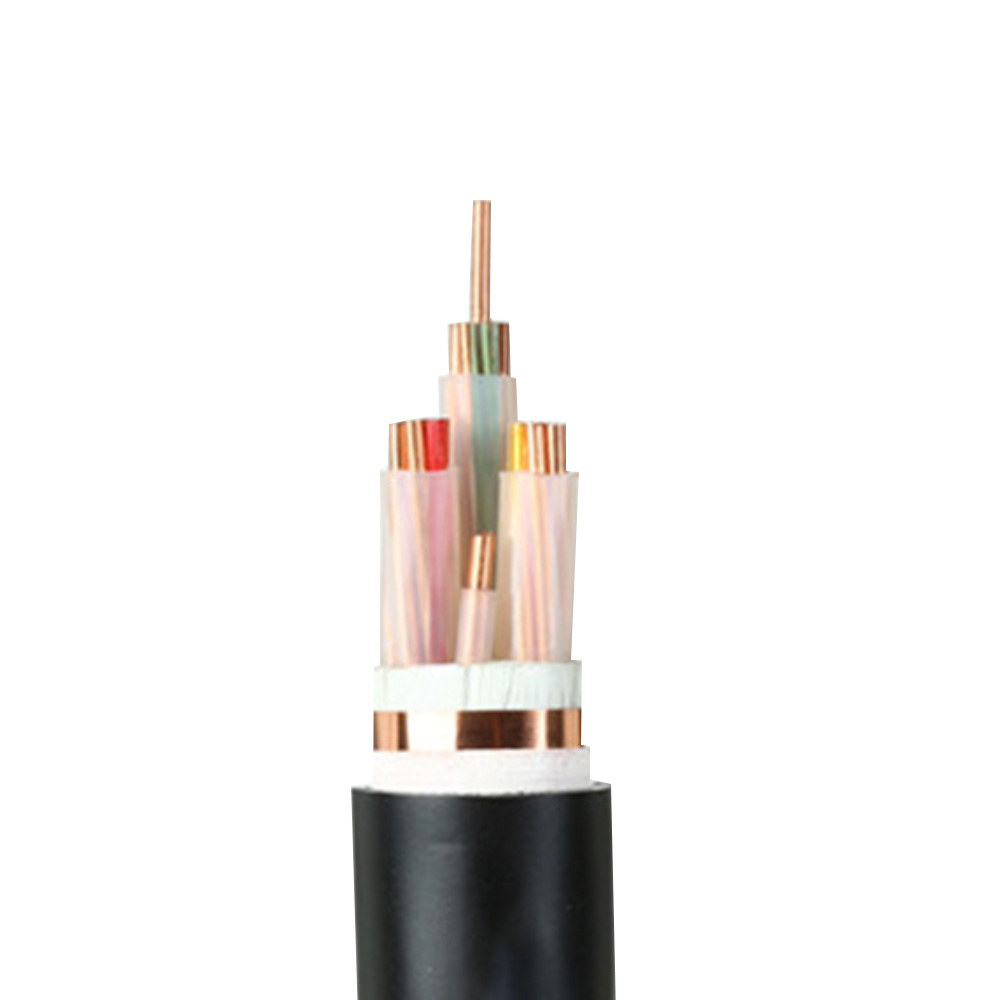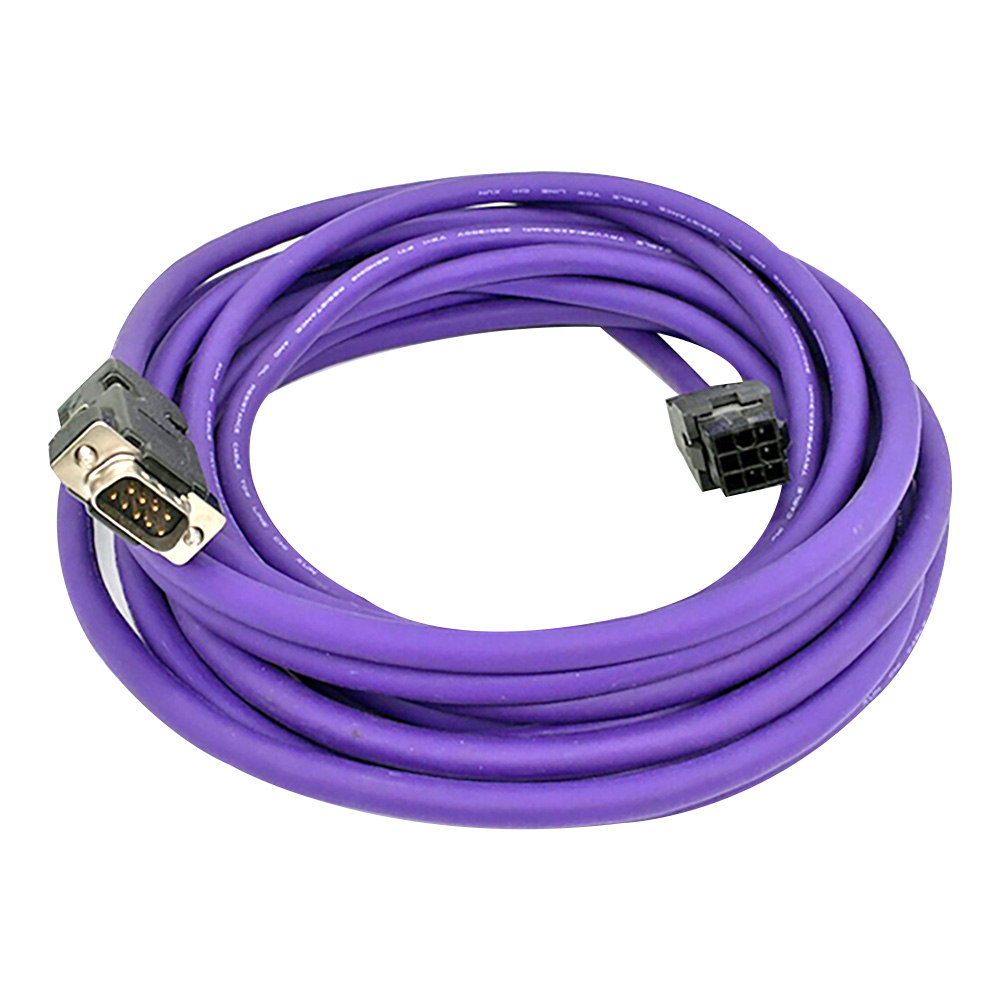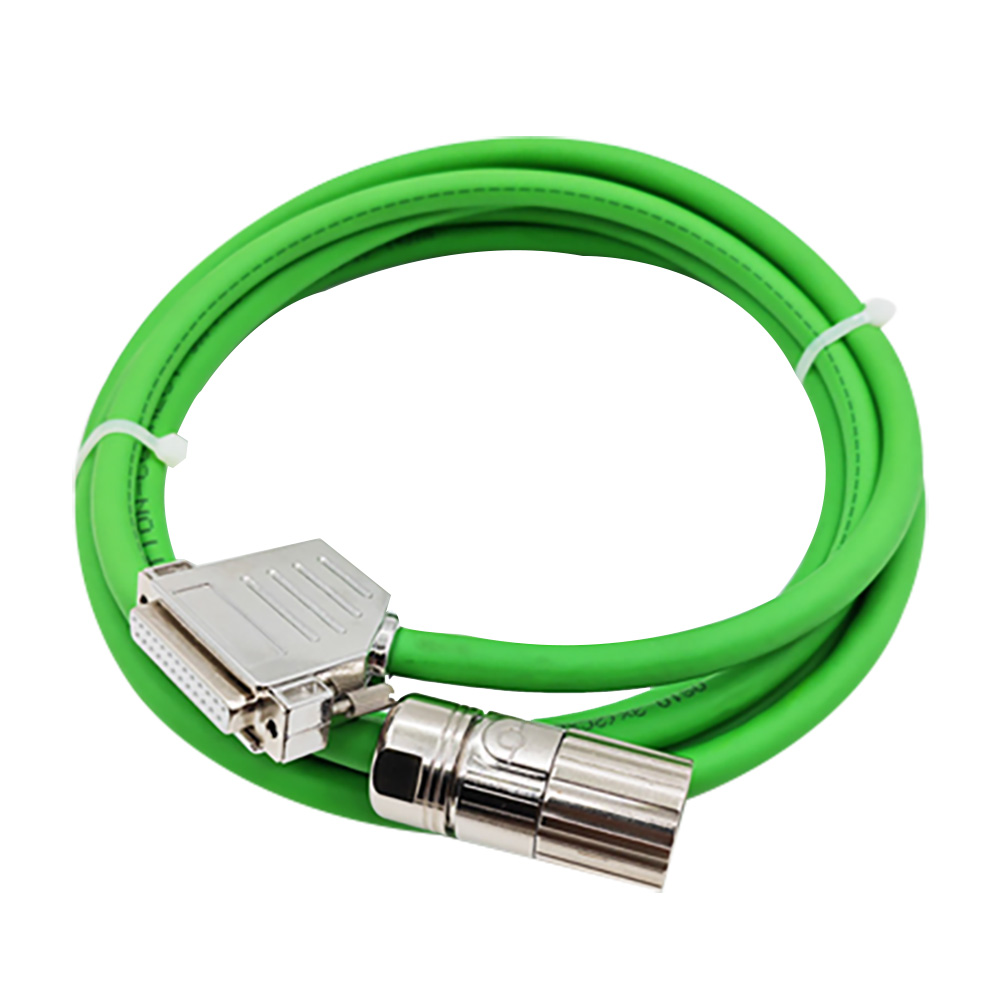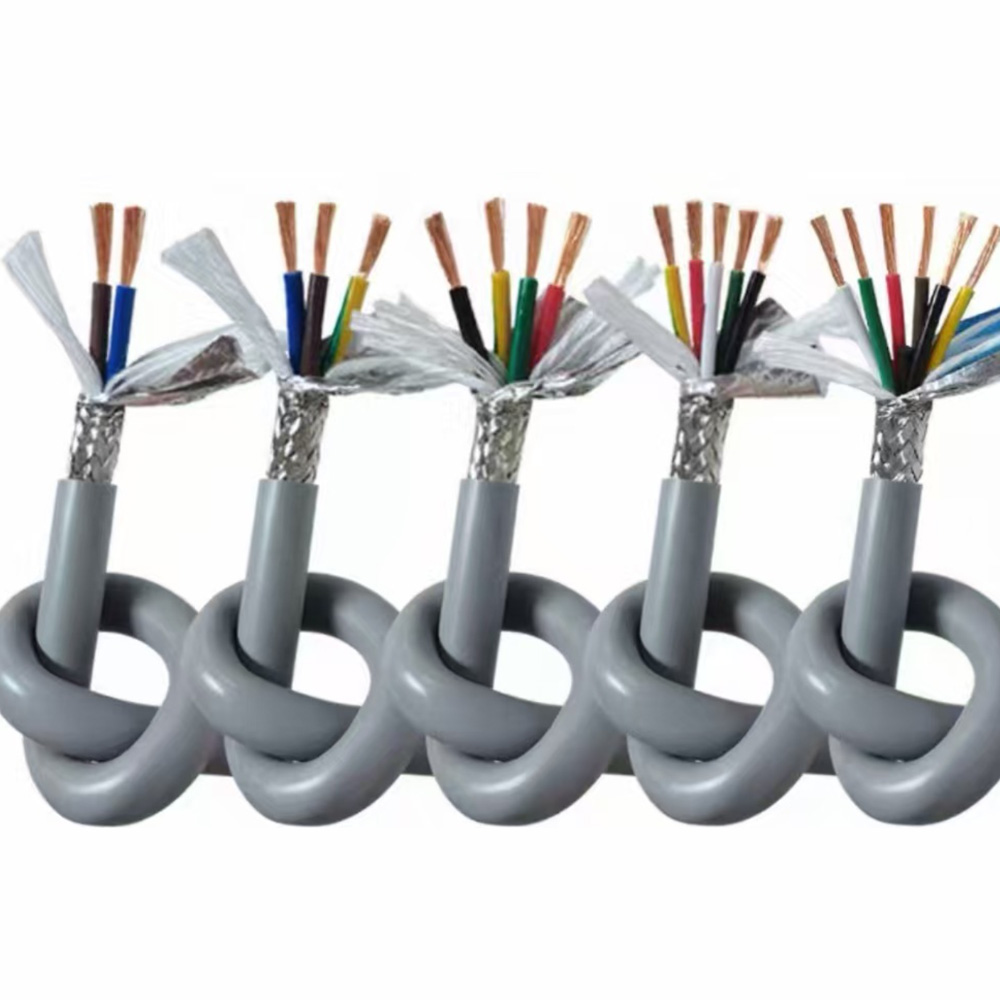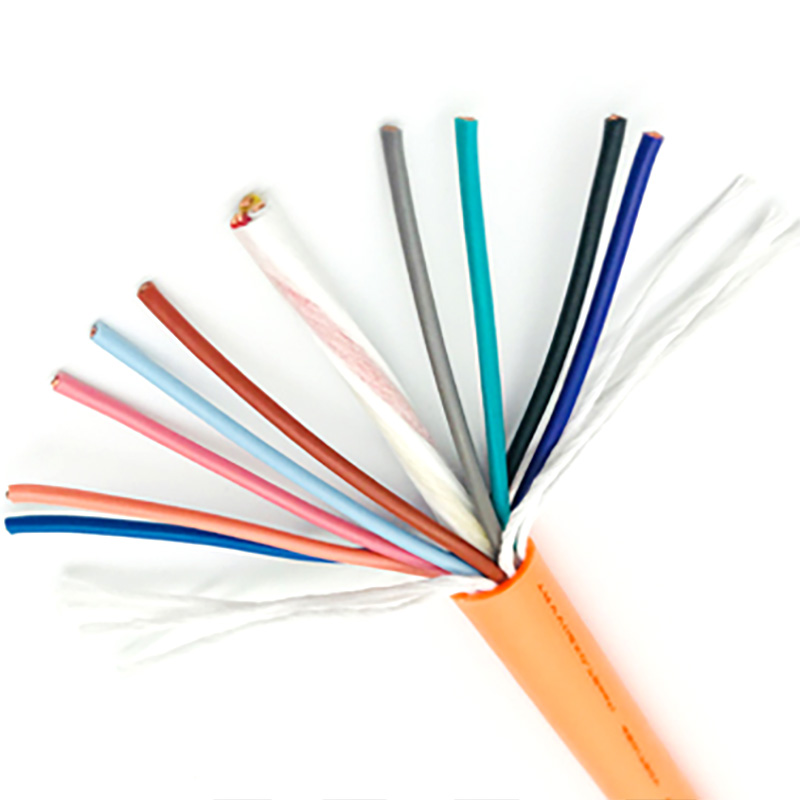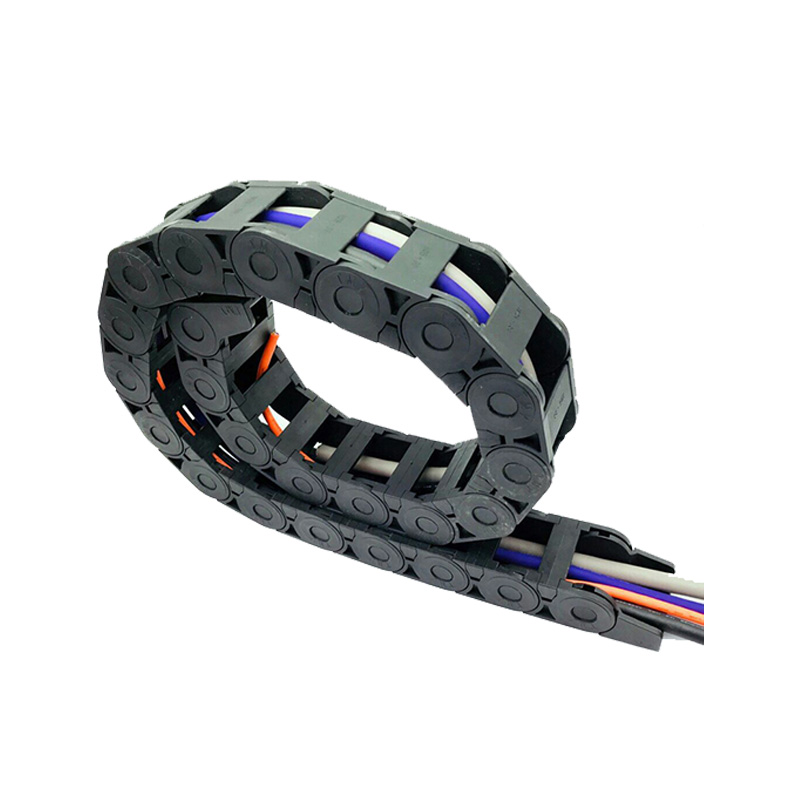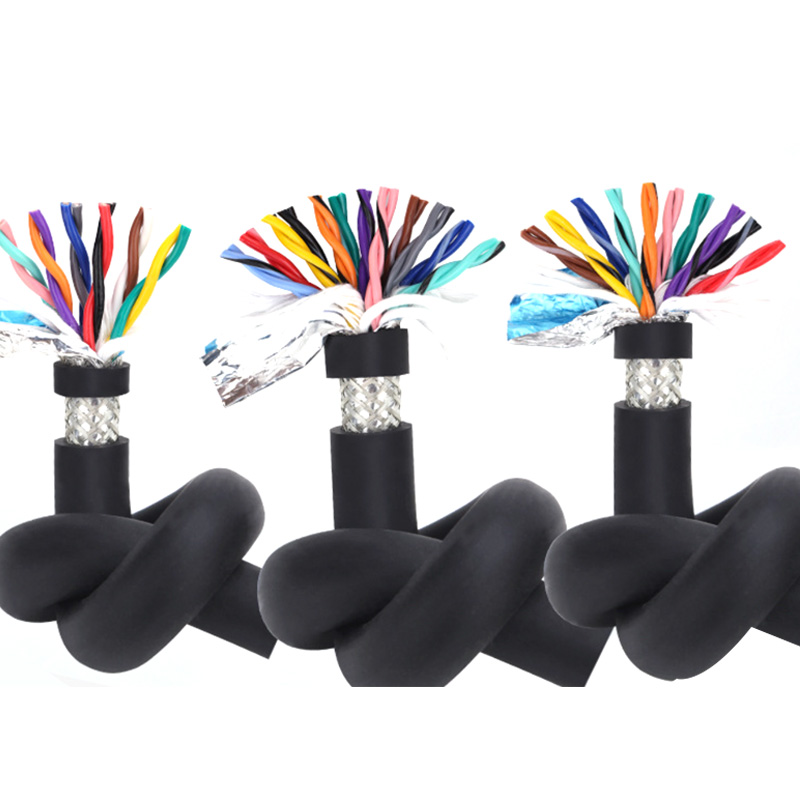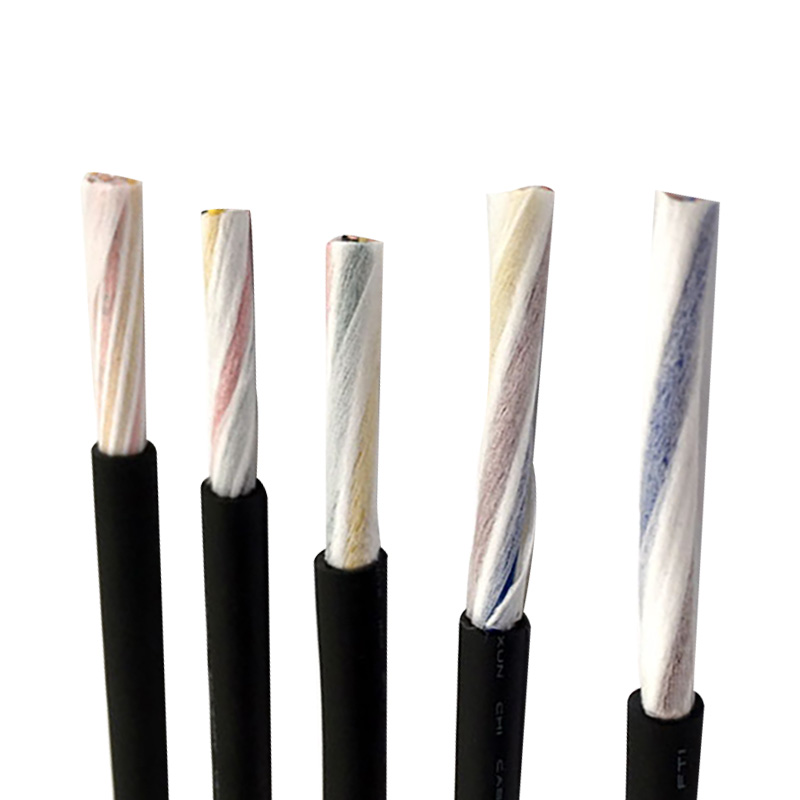
High Flexibility Cable
TRVV High-Flexibility Energy Chain Cable
- Product Brief: High-Flexibility TRVV Energy Chain Cable refers to flexible cables designed for applications requiring repeated movement and bending in conventional industrial environments.
Description
Flexible TRVV energy chain cable refers to a flexible cable designed for 来回 moving and bending applications in conventional industrial environments. RVV cable, on the other hand, denotes a copper-core PVC-insulated and PVC-sheathed flexible wire, belonging to the category of sheathed wires. Judging from their names, both cables possess "flexible" and "soft" characteristics. However, what are the differences between them? And how should we make a choice during application?
From the perspective of installation and application:
Flexible TRVV energy chain cable is mainly suitable for installation in continuous reciprocating motion scenarios, especially for high-frequency movement installations in humid or dry conventional industrial environments. Typical applications include numerically controlled airport equipment, automation equipment, energy chains of modern mechanical standard components, as well as mechanical equipment and occasions requiring high-frequency movement and bending such as logistics systems, control systems, mechanical automation systems, robotic arms, construction machinery, heavy machinery factories, automobile manufacturing, lifting and transportation equipment, automated warehouses, docks, and fire trucks.
RVV cable is applied for fixed installation in indoor environments or occasional movement installations without strong stress relief or forced guidance. It is used as power lines, control lines, and signal transmission lines for electrical appliances, instruments, electronic devices, and automation devices. Specific applications include anti-theft alarm systems and building intercom systems.
| Comparison Items | Flexible TRVV Drag Chain Cable | RVV Cable |
|---|---|---|
| Conductor | Usually consists of fine-stranded annealed oxygen-free copper wires, generally being Class 6 conductors, with higher stranding density and smaller bending radius. | Composed of multi-core annealed bare copper strands, generally being Class 5 conductors, with slightly thicker copper wire diameter and stranding method more suitable for fixed or low-frequency movement scenarios. |
| Insulation Material | Adopts special PVC mixture or other high-performance insulating materials such as TPEE, TPE, etc. The insulation material can better protect the core wire during movement. | Uses ordinary PVC insulation material, with differences in softness and toughness compared to TRVV. |
| Sheath Material | Made of special PVC mixture, modified PVC, or other materials like PUR, which are wear-resistant, oil-resistant, and can resist mechanical abrasion in industrial environments. | Made of ordinary PVC sheath material, with lower cost but weaker anti-aging ability, prone to cracking when exposed to complex environments for a long time. |
| Filling Material | May be filled with special tensile elements such as Kevlar fibers or tensile cotton ropes according to the use environment to improve the cable's performance in specific occasions. | Usually only uses ordinary cable stuffing to ensure the roundness of the appearance. |
| Application Scenarios | Suitable for continuous reciprocating motion installations in industrial environments, such as industrial electronic systems, automated production lines, warehousing equipment, robots, fire protection systems, cranes, CNC machine tools, etc. | Applied to fixed installations in indoor environments or occasional movement installations without strong stress relief or forced guidance, such as power supply lines, control lines, and signal transmission lines for electrical appliances, instruments, and electronic devices. |
| Temperature Range | The temperature range for mobile use is generally -45°C to 100°C; for fixed installation, it is -50°C to 120°C. | The general temperature range is -15°C to 70°C. |
| Bending Radius | The minimum bending radius for mobile use is usually 7.5 times the cable diameter; for fixed installation, it is 5 times the cable diameter. | The bending radius is relatively larger, and there is no specific requirement for frequent bending. |
| Service Life | Due to its special structure and material selection, it can maintain good performance under frequent bending and movement, with a longer service life. | When used in mobile scenarios, problems are likely to occur due to the limitation of material and structure, with a relatively shorter service life. |
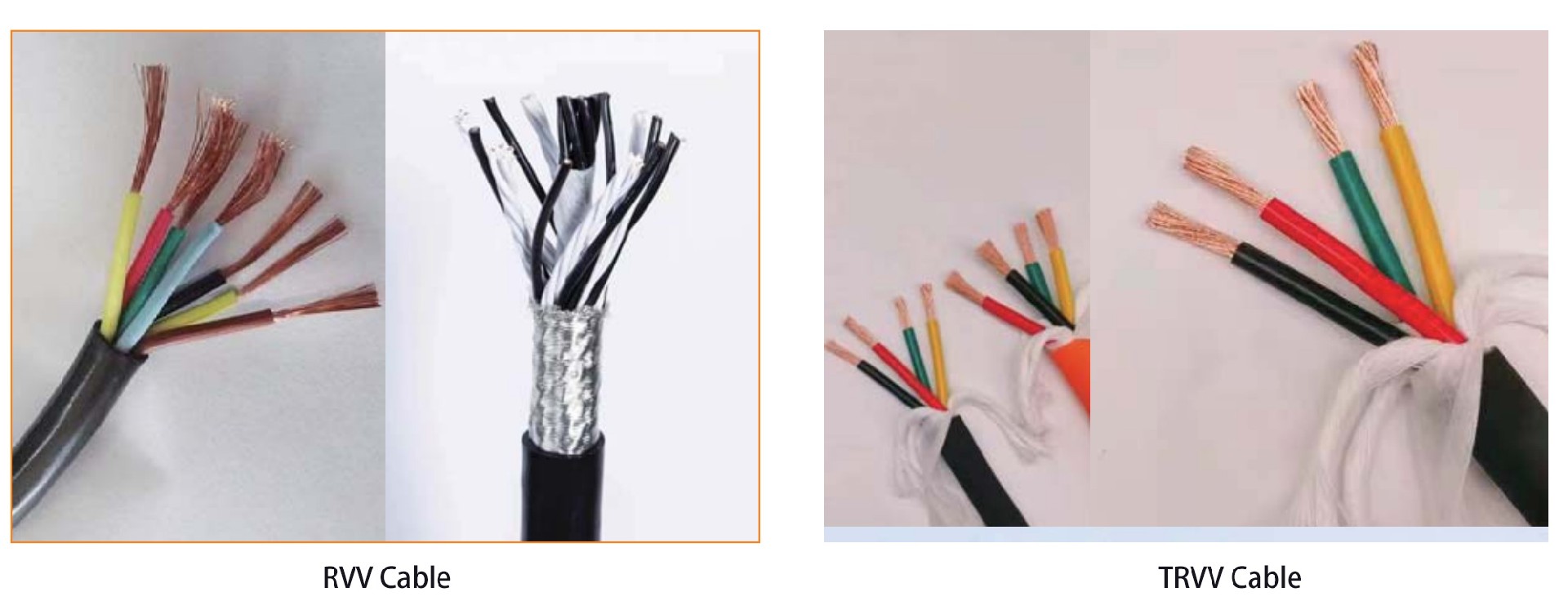
The operational differences between these two types of cables are mainly caused by their manufacturing processes. Generally speaking, an RVV cable consists of two or more RV wires covered with an outer sheath. It has an indefinite number of core wires (at least two), enclosed in a PVC sheath, with no specific requirements for the arrangement of the core wires. A flexible TRVV energy chain cable, however, has strict requirements in terms of cable design and core wire structure. The main differences are as follows:
Conductor: The conductor of a flexible TRVV energy chain cable is typically made of finely stranded multi-strand oxygen-free copper wires with diameters of 0.08/0.14/0.19mm. For large-cross-section energy chain cables, the conductor also adopts special grouped stranding to prevent conductor breakage or displacement during cable bending. The conductor of an RVV cable is generally composed of finely stranded oxygen-free copper wires with diameters of 0.2/0.25mm. In terms of conductors, the TRVV energy chain cable offers better flexibility.
Insulation: The conductor insulation of a flexible TRVV energy chain cable uses special modified elastomers such as nitrile rubber, automotive-grade materials, TPE, or PE. Different insulation materials are selected based on specific application environments to ensure cable flexibility while maximizing performance in targeted operating conditions. The insulation material of an RVV cable is usually ordinary PVC.
Filler: A flexible TRVV energy chain cable can be filled with tensile elements like Kevlar fibers according to the application environment. This not only ensures the roundness of the cable's appearance but also maximizes its performance in specific scenarios. The filler of an RVV cable is generally ordinary cable filling material, which only serves to maintain the cable's round appearance.
Sheath: A flexible TRVV energy chain cable typically uses a special modified nitrile elastomer as the sheath material. This type of cable sheath possesses basic properties such as flexibility, wear resistance, weather resistance, and tear resistance. An RVV cable usually adopts ordinary PVC as the sheath material, which has certain performance differences compared to the sheath material used for TRVV energy chain cables.
FAQs
Common causes of flexible cable failure include:
Over-Bending: Bending the cable beyond its minimum bend radius (MBR) damages conductors and insulation. Prevention: Adhere to the manufacturer’s MBR specifications and use cable management tools (e.g., cable tracks) to control bending paths.
Abrasion & Wear: Friction with surrounding components wears down the sheath. Prevention: Choose cables with wear-resistant sheathing (e.g., PUR) and install protective conduits or cable carriers.
Environmental Damage: Exposure to chemicals, moisture, or extreme temperatures degrades materials. Prevention: Select cables rated for the specific environment and use sealing or shielding where necessary.
Incorrect Installation: Tension, kinking, or improper grounding can strain the cable. Prevention: Follow installation guidelines, avoid pulling cables tightly, and ensure proper grounding for shielded cables.
Eelecting the appropriate flexible cable requires considering several key factors:
Movement Type: Determine if the cable will undergo bending (single or multi-axis), twisting, or torsional movement—this dictates the required flexibility (e.g., high-flex for robotic arms vs. medium-flex for simple folding applications).
Environmental Conditions: Assess temperature range (from extreme cold to high heat), exposure to chemicals, oil, water, or UV radiation—choose insulation/sheathing materials (e.g., PUR for oil resistance, TPE for wide temperature tolerance) accordingly.
Electrical Requirements: Confirm voltage rating, current capacity, and signal transmission needs (e.g., shielded flexible cables for reducing electromagnetic interference in data applications).
Mechanical Durability: Evaluate the number of bending cycles required (e.g., millions of cycles for long-life industrial use) to select cables with suitable conductor stranding and sheath thickness.
lexible cables are widely used in industries and equipment where frequent movement is involved. Common applications include:
Industrial Automation: Robotic arms, automated guided vehicles (AGVs), and linear motion systems.
Material Handling: Conveyor belts, hoists, and cranes that require cables to bend with mechanical movement.
Medical Equipment: Portable devices (e.g., ultrasound machines), surgical robots, and patient monitors that need flexible wiring for mobility.
Consumer Electronics: Laptop power cords, headphones, and wearable devices where flexibility ensures user comfort and product longevity.
Automotive Industry: Wiring for folding side mirrors, seat adjustments, and retractable door handles.
A flexible cable is a type of electrical cable designed to withstand repeated bending, twisting, and movement without compromising its electrical performance or structural integrity. Unlike standard fixed-installation cables, which are engineered for static or minimal-movement applications, flexible cables feature specialized constructions—such as fine-stranded conductors (instead of solid or coarse-stranded ones), flexible insulation materials (like PVC, TPE, or PUR), and robust sheathing—that enhance their durability under dynamic stress. This design allows them to be used in scenarios requiring constant motion, such as robotic arms, conveyor systems, and portable equipment.
In industrial scenarios where dynamic motion and signal integrity coexist, standard cables often fail to meet requirements—either lacking flexibility for long-term bending or failing to block interference for precise signals. TRVVPS Twisted Pair Shielded Drag Chain Cable solves these pain points through its integrated design of twisted pairs, shielding, and high flexibility, ensuring reliable, stable, and long-lasting performance. It is a critical cabling solution for upgrading automation levels and improving production precision in modern manufacturing.


